-
29-03-2018 #331
-
29-03-2018 #332
1. Identify the axis which is out of alignment
2. Identify what should put it/keep it in alignment
3. Post photos and ask for suggestions
It sounds like you've knocked it out of alignment by hammering it beyond it's capability, you may be able to hammer it back.
It's a great idea to fix it, it's probably something that way, when asked what broken machinery is worth I always quote the Rag and Bone Man's opening gambit to children - Tuppence and a Balloon :D (I'd actually give about £50 as I could use some of the parts for a 3D printer build I'm on with ;-) )Last edited by magicniner; 29-03-2018 at 05:18 PM.
You think that's too expensive? You're not a Model Engineer are you? :D
-
29-03-2018 #333
There is always the bodge option.
Machine the parts so that the out of squareness matches up.Avoiding the rubbish customer service from AluminiumWarehouse since July '13.
-
30-03-2018 #334
-
30-03-2018 #335
As you know I have the same machine. I have wasted too many hours hammering the gantry back and forth, shimming it, squaring the spindle etc.
When alls said and done you have to realise this is a very entry point hobby machine that we are pushing to its limits cutting aluminium. Being made out of pieces of extruded aluminium bolted together, it moves. It moves with different atmospheric conditions, it moves under load/vibration from cutting aluminium.
In my case my gantry was skewed radially and actually by about 2mm and 1mm respectively IIRC. I've had mine in pieces more times than I care to count trying to make it as good as I can, opening up holes, retapping threads, shimming it. It never stays square for long. In the end I've given up trying to keep everything square as it's a waste of time unless you have an hour to kill every time you set the machine up, and just accept that it is what it is and it makes what it makes.
In your case you can solve the problem of your parts not matching by cutting one side the other way round, then the rhombus will match that of the other half, currently you have them opposing each other. Or you could cut them oversize initially then bolt them together and finish. The ones you've already made could be saved this way.
And in regards to the conversation about controllers, unless OMIO changed controller between my purchase and his it does allow for jogging the spindle anywhere between tool changes, I've never had a problem.
-
30-03-2018 #336
If you got the machine squared up you could put less load on it with a single flute cutter and a ramped profile cut where the cut depth is considerably less but the feed speed is higher.
You think that's too expensive? You're not a Model Engineer are you? :D
-
03-04-2018 #337
To fix the squareness the easiest way I found was to drill two holes for precision dowels in the Y-axis, then using a precision edge run a dial indicator along the X-axis with the precision edge clamped against the dowels. I then loosen bolts on the gantry and gently tap it in the direction required before re-tightening the bolts and re-checking. Repeat a few times and you will get it fairly close to square (although you will come to realise that your gantry is probably not flat, but bowed slightly leading to it being impossible to square out completely - I just tweak until the dial indicator reads the same at 1/4 and 3/4 travel).
I ended up just having it as square as I could get it over the centre of the bed where I do most of my work, the squareness varies a little as you move around the bed due to the lack of straightness inherent in extrusions. I found it generally holds the square ok-ish after messing with it, but if you move it then you'll have to re-do.
Ultimately I do think its good for the money as an entry point, but for really precise work you have to work within the limitations of the machine and spend a lot of time tweaking. The best option in terms of value for money is to take what you've learned from the machine (plus all your tooling and associated equipment) and use it when designing/following a design on here for building your own machine. The conclusion I came to is that while I've managed to make some really good stuff on it, it simply isn't worth fixing up or modding extensively as you end up chasing your own tail.
That said I have managed to make some pretty precise parts with it, and it is still leagues ahead of the unsupported rail type 6040 machines.Last edited by Zeeflyboy; 03-04-2018 at 12:48 AM.
-
09-04-2018 #338
The road to go with this is very simple- buy a CNC mini mill. Fit a DDCSV controller and you will never have any problems. I have had 0 problems from the time i stopped using Mach3 for anything at all.
You could start changing the controller anyway. And as they told you- using single flute mills. And reinforce all as much as possible as cheap as possible.
-
17-07-2018 #339
Been a few months. Thought I would update this car crash of a thread with a little something.
As some of you have seen already, I farmed out the work. Glad to say that it has gone really well and has actually save a lot of my time and was totaly worth it.
Went with Scott from Ward Engineering.
Helped me a lot with creating better models for faster and more efficient machining and general things like adding some margin for the powder coat and tolerances.
Overall I could not be any happier. They turned out great and I think I have nearly 40 of this style of case.
Currently have close to 80 more cases being made right now and hopefully around 25 of another part
I should note we did save a few pennies on tooling as these are being powder coated.
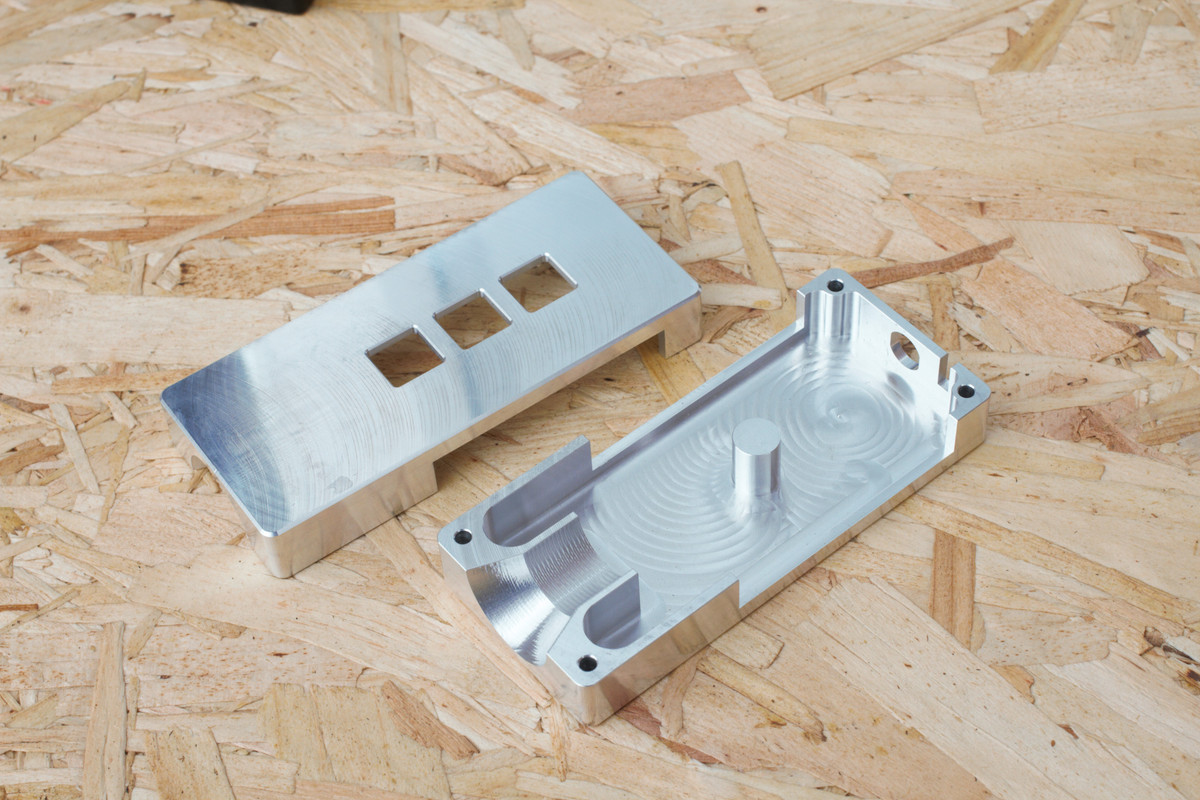
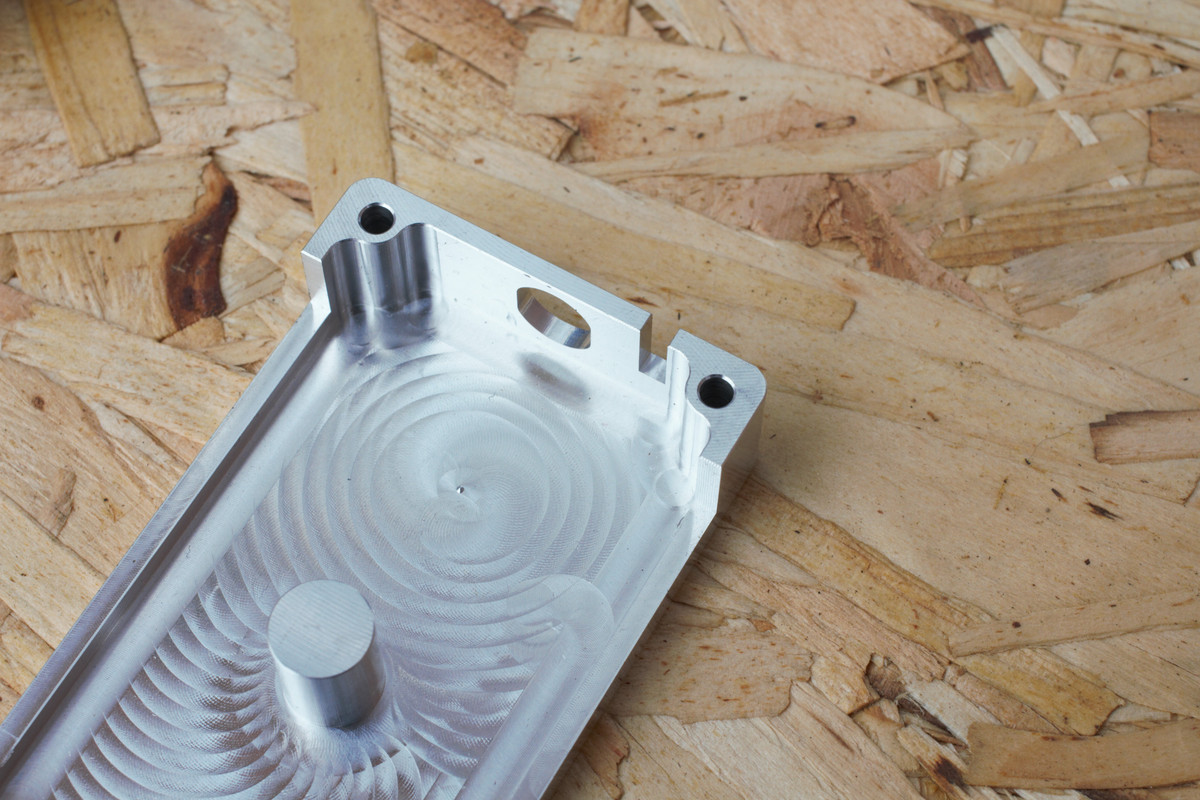
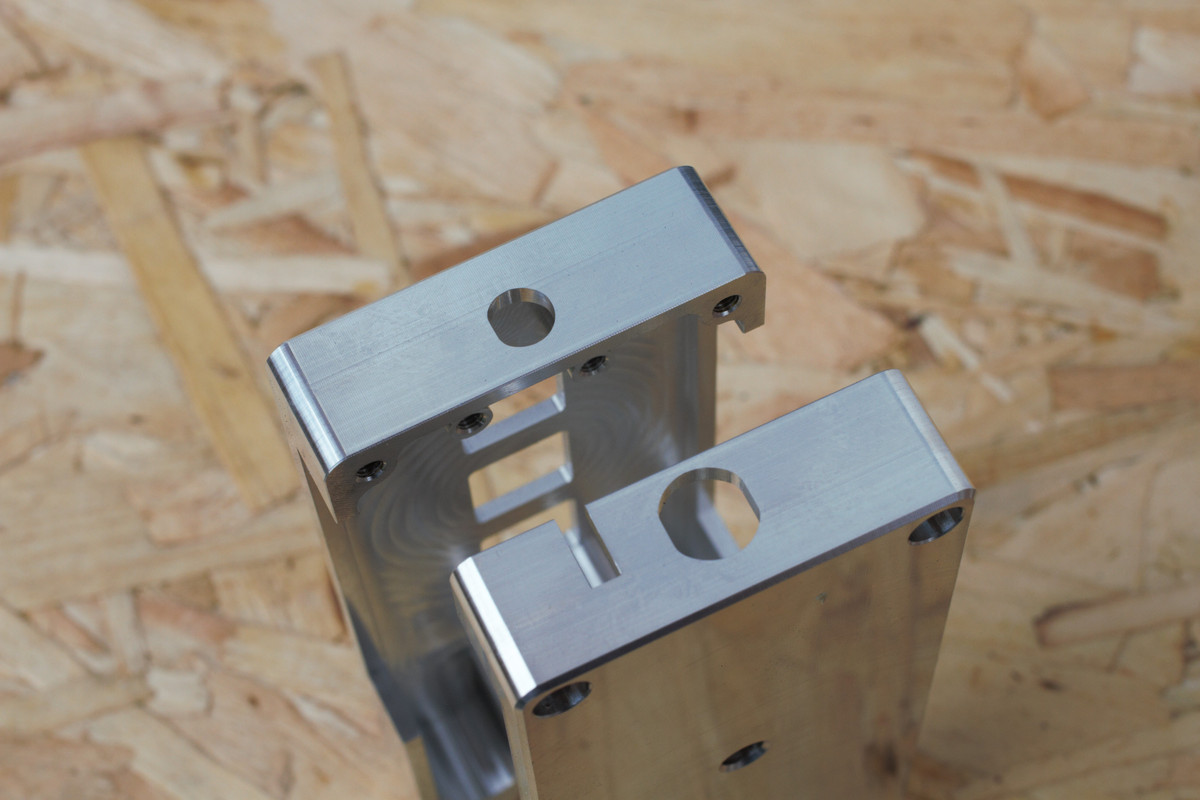
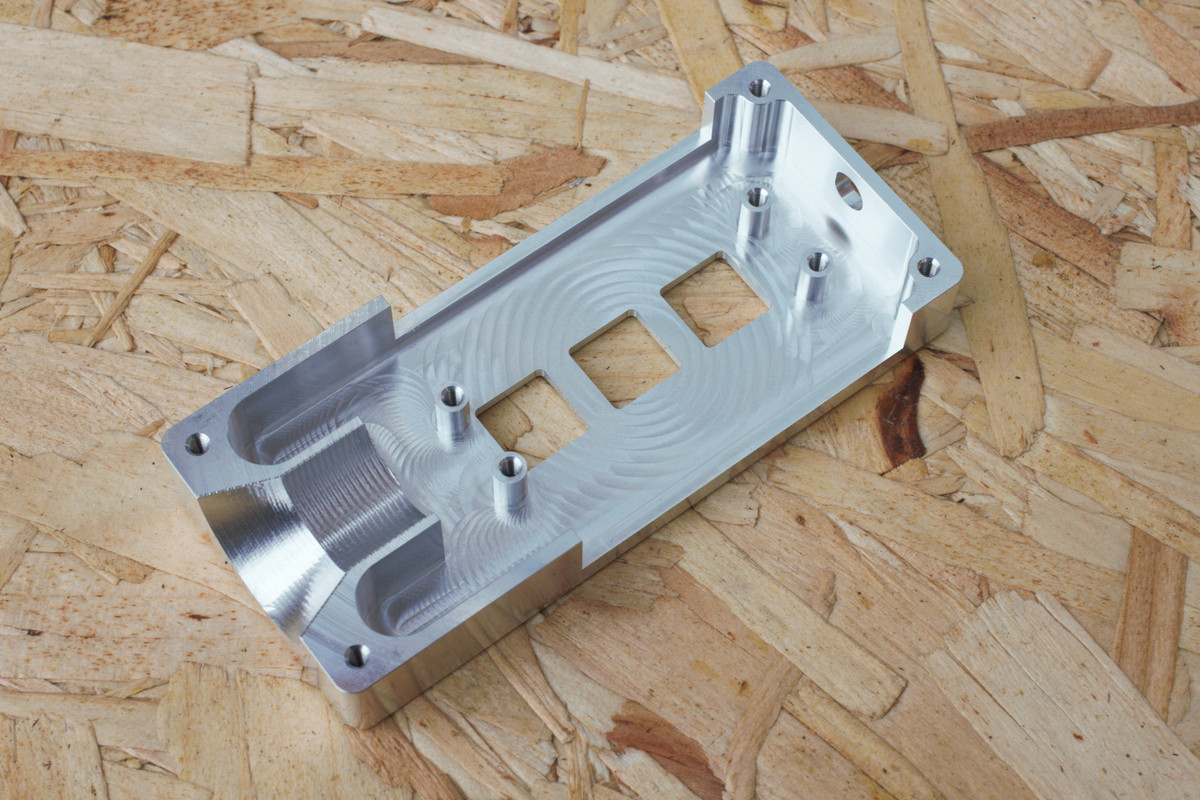
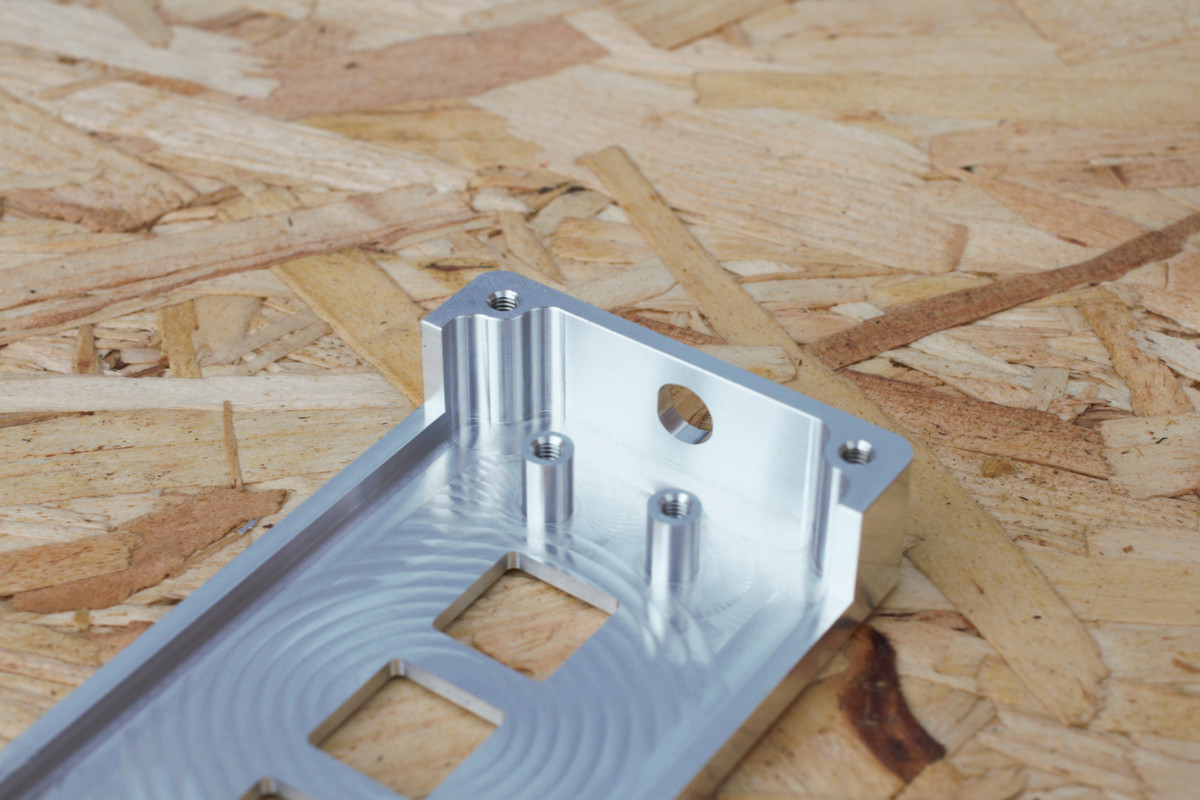
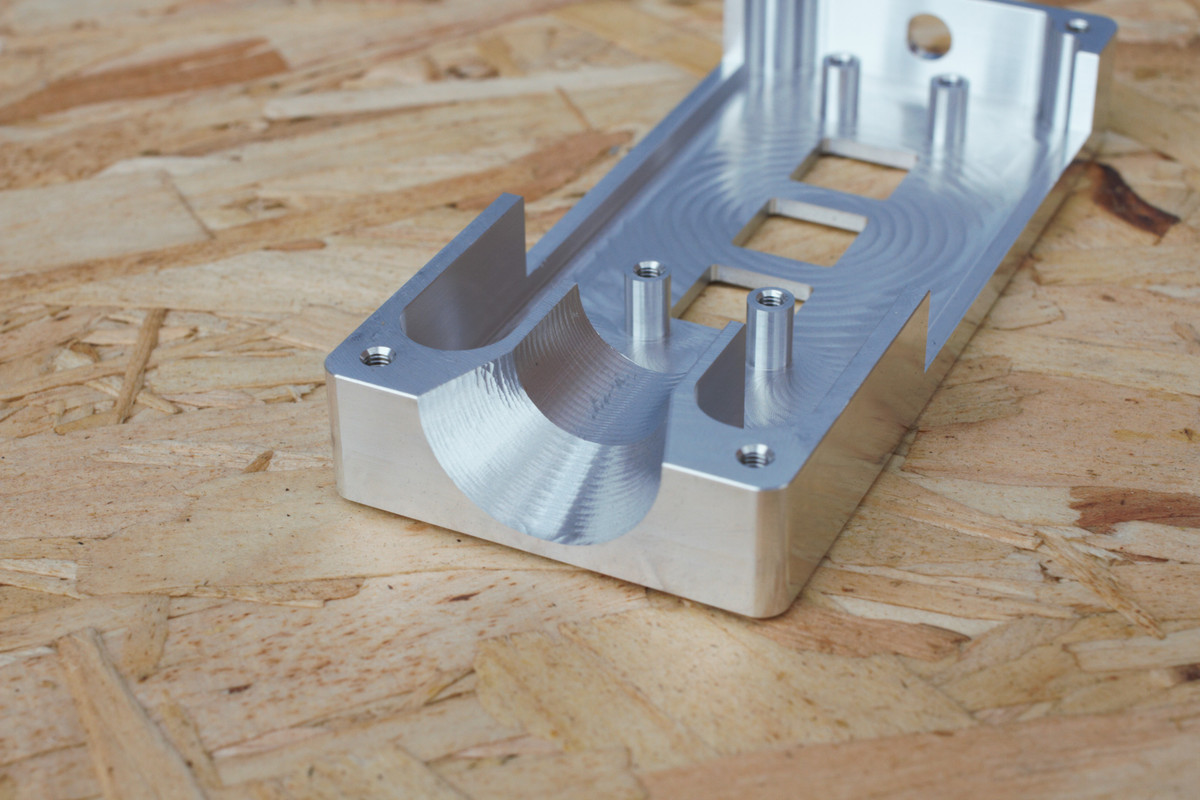
Powder coated in house...
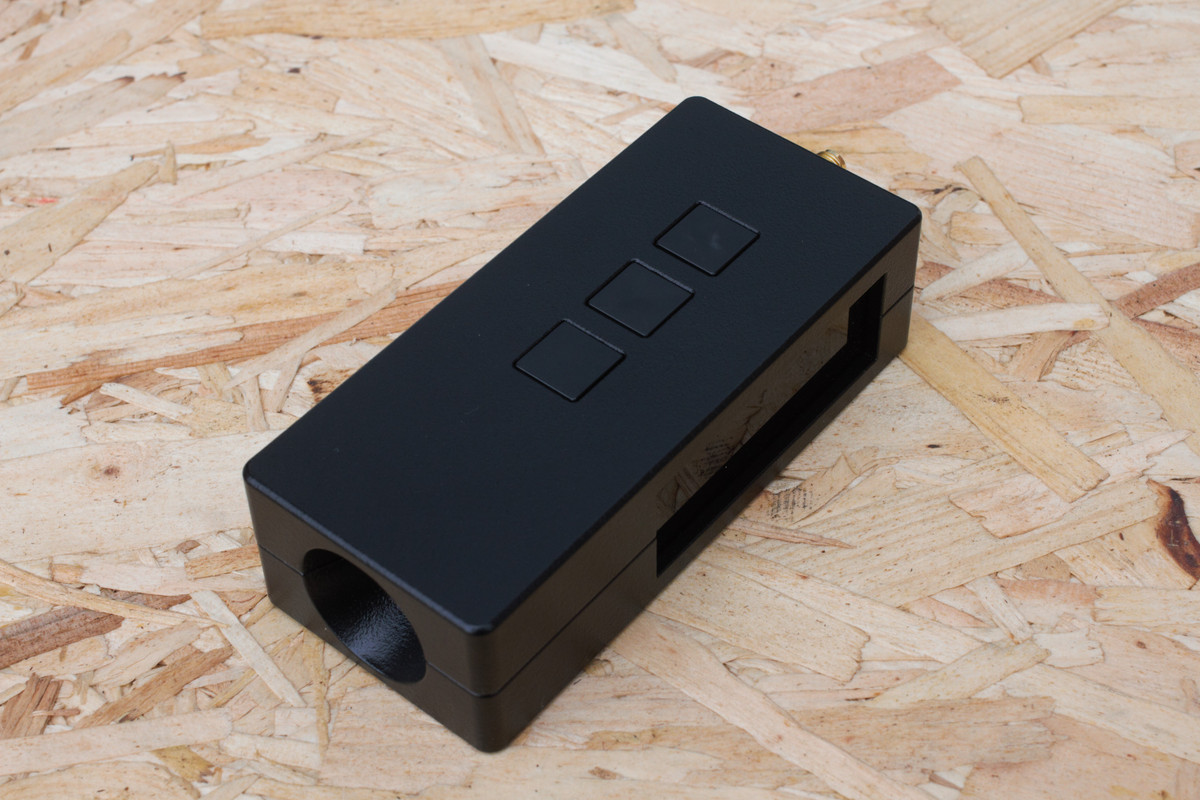
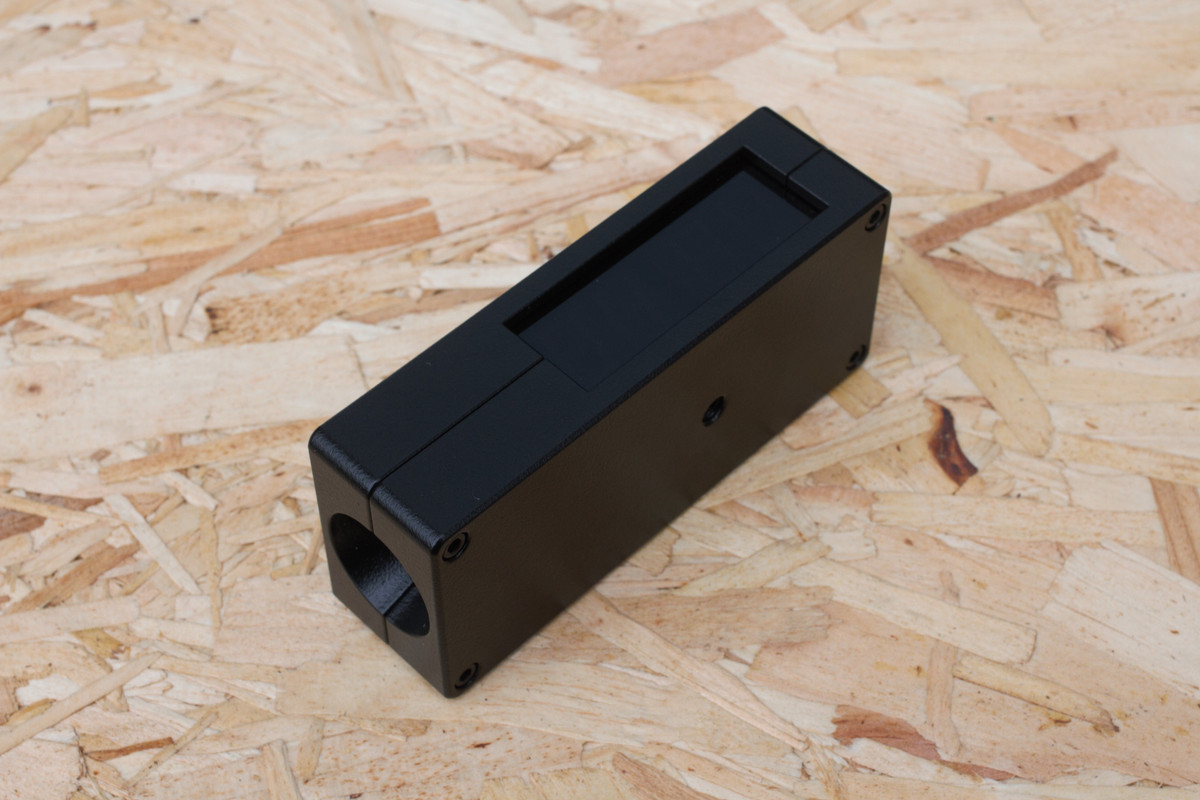
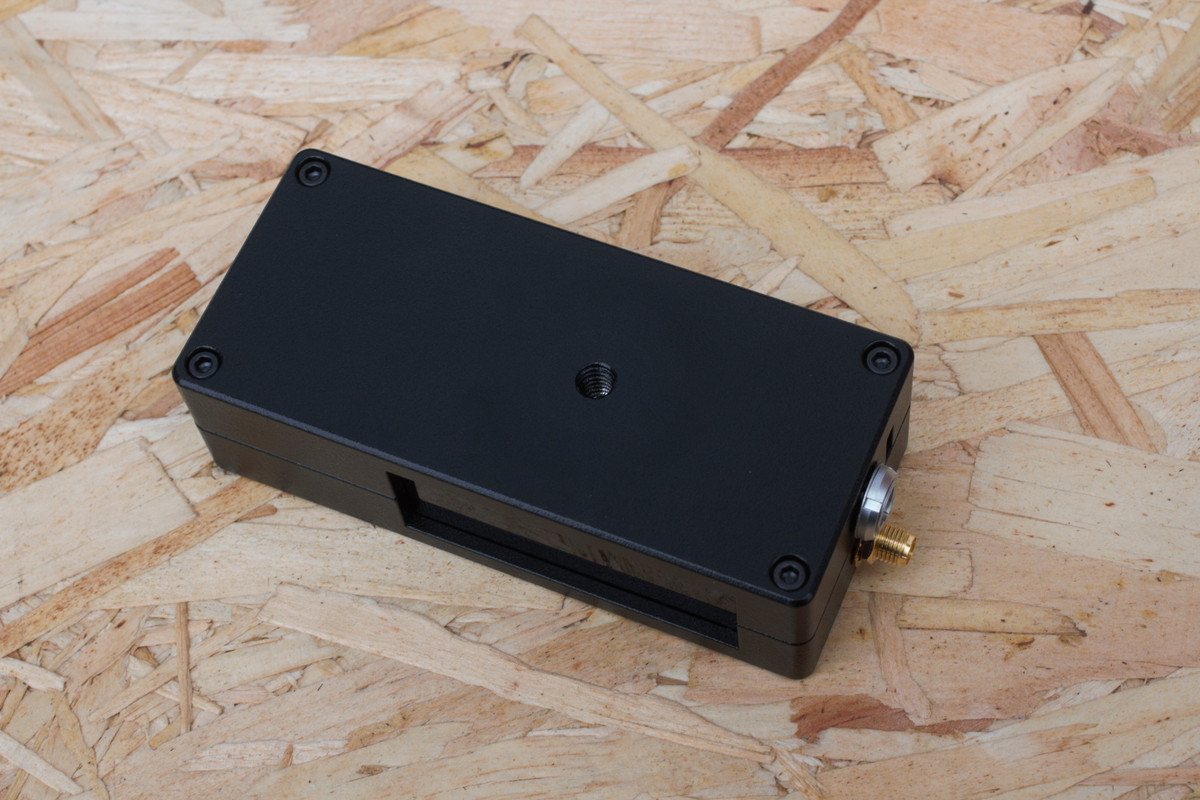
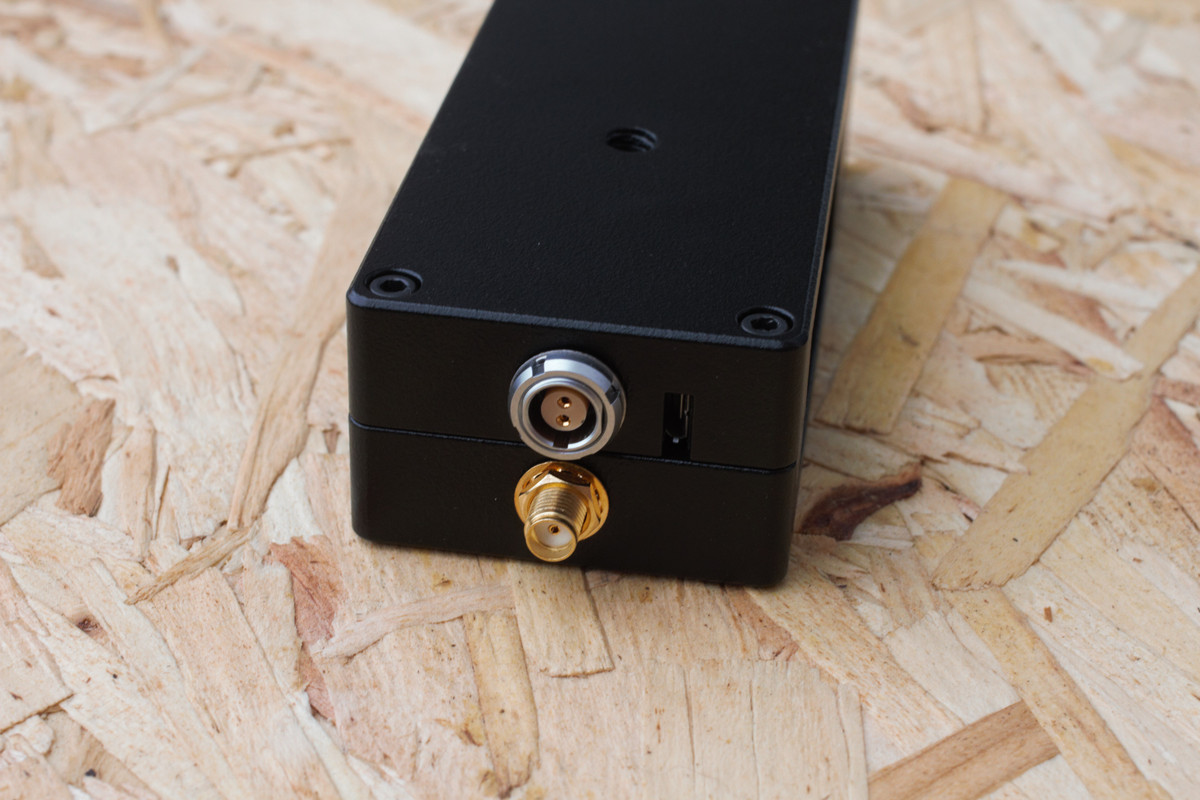
I am broke now though so if anyone wants to buy the 80mm spindle LED ring lights from me, either as a blank PCB or as a kit or fully assembled let me know :p
https://postimg.cc/image/6z04kkomf/
https://postimg.cc/image/l5fvftucn/Last edited by JOGARA; 20-07-2018 at 01:37 AM.
-
17-07-2018 #340
Nice work Scott. And that's the difference between Hobby or not.
Thread Information
Users Browsing this Thread
There are currently 1 users browsing this thread. (0 members and 1 guests)
Similar Threads
-
New 6040 owner looking for advice from others with a chinese 6040/3040
By itsmillertime in forum Machine DiscussionReplies: 12Last Post: 14-10-2019, 08:30 AM -
Newbie question re converting my 6040 machine to use a laser
By GaryWilliams in forum Laser Machines & BuildingReplies: 2Last Post: 19-10-2015, 03:09 PM -
10 / 15mm thick 6061 aluminium alloy sheet ?
By rnr107 in forum Marketplace DiscussionReplies: 10Last Post: 14-01-2014, 12:15 AM -
FOR SALE: Polypropylene compound
By Bjh1985 in forum Items For SaleReplies: 0Last Post: 08-09-2013, 09:39 AM -
NEW MEMBER: Newbie From China
By jenniferxu in forum New Member IntroductionsReplies: 1Last Post: 04-01-2011, 06:02 PM









 Reply With Quote
Reply With Quote





Bookmarks